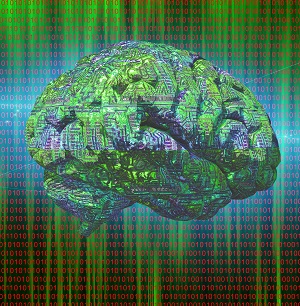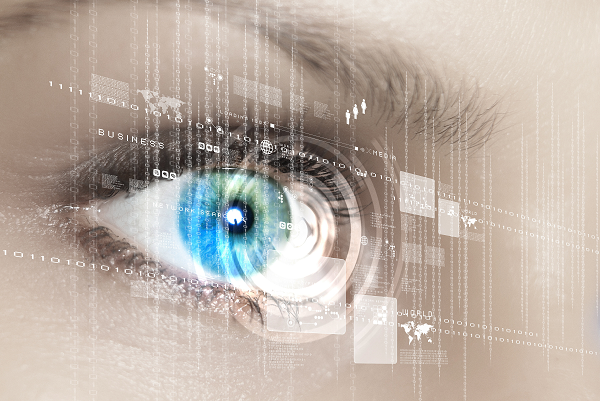09 Jan What of Perception
 Questions Cognitive Modelers Might Ask
Questions Cognitive Modelers Might Ask
The biological and chemical processes associated with brain activity are the foundation on which our exploration of the cognitive mind is built. Yet the physiological underpinnings are not sufficient, in themselves, to lead us to the next cybernetic level. Too many questions are left unanswered. In this section of Understanding Context, we explore possible answers to four of those questions:
- What is the result of electrochemical activity in the brain?
- Consciousness, cognition, and action…
- How can we categorize different types of brain processes?
- Perceiving, reasoning, and communicating…
- What processesmust be complete before other processes can succeed?
- Generalization, association, and expectation…
- What processes take place in parallel?
As I post my observations in the section on perception. I will attempt to lay the framework for subsequent discussions of complex reasoning and communication skills which, in turn, suggest theories that can be used in cybernetic modeling.
| Understanding Context Cross-Reference |
|---|
| Click on these Links to other posts and glossary/bibliography references |
|
|
|
| Prior Post | Next Post |
| E/I Electric Potential Curve | Harmonic Convergence of Light |
| Definitions | References |
| brain activity | Steven Johnson TED Talk |
Eclectic Focus
The Japanese have an illuminating expression for coming to understand: “Pinto kimashita” (ぴんと来ました). Although it loses something in the translation, it literally means, “it has come into focus.” The idea of a nebulous perception resolving into a clear image is an appealing metaphor for how we learn and understand, especially since our vision is the door for so much that enters our brains.

Certainly, all of our five senses play important roles in allowing us to process the sights, sounds, smells, flavors and tactile sensations that burst the banks of space and time and flood our streams of consciousness. They are important pieces in the vast collage of ideas on the human psyche. Whole libraries are devoted to these ideas and related theories of how we perceive, learn, think, and behave.
With so much information, much of it conflicting, it seems at first glance that “pinto kimashita” will be impossible to achieve in the ever-swirling waters of cognitive science. Luckily, that is not so. Drawing on the work of scientists and great thinkers, ancient and modern, mixing in what we know about sensory learning, probing the conscious and unconscious minds, and adding bits and pieces from multiple sources and sciences, it is possible to step back and say, “Yes, that must surely be how we learn. It has come into focus.”
| Click below to look in each Understanding Context section |
|---|








